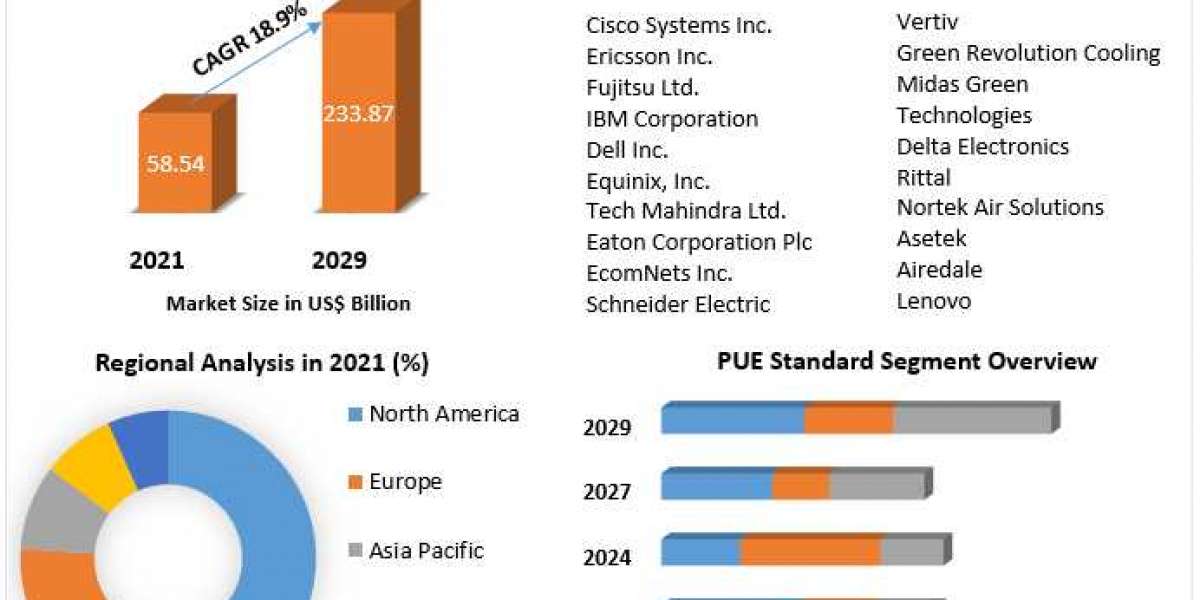Technology is revolutionizing the healthcare industry at a rapid pace. Technologies like Electronic Health Records (EHR), telehealth, AI, and more are enabling healthcare providers to offer better care to patients. However, digital adoption is bringing new challenges as well, such as managing the massive amounts of patient data being generated across different systems and formats. Audio visual management software is emerging as a powerful tool to help healthcare organizations overcome these challenges and take full advantage of digital transformation.
What is Audio Visual Management Software?
Audio visual management software, commonly known as AV management software, refers to a cloud-based platform that allows healthcare providers to safely store, organize, search, and share multimedia content such as images, videos, audio clips etc. originating from different sources such as clinical consultations, surgical procedures, diagnosis scans etc. Some key capabilities of AV management software include:
Secure storage of audio visual files in a centralized database. This prevents loss of critical files and allows access from any device.
Ability to tag, label and index files for easy searching and retrieval. Files can be tagged with metadata like patient details, date, type of content etc.
Advanced search functionality to find relevant files quickly based on various filters.
User and role-based access control ensuring privacy and compliance with regulations. Access can be restricted on need-to-know basis.
Sharing/collaboration tools that let authorized users view and discuss files remotely for consulting, training, research etc.
Integration with other hospital IT systems like EHR using APIs for a unified patient record experience.
Benefits of AV Management Software in Healthcare
Implementing an AV management solution can help healthcare providers achieve several operational and clinical benefits:
Improved Diagnosis and Treatment
By enabling easy access to past multimedia records like images, scans and videos, providers can gain valuable insights to facilitate more accurate diagnosis and treatment decisions. This leads to better outcomes for patients.
Enhanced Collaboration and Consultation
Sharing tools allow easy discussions between multiple specialists by providing a common platform to view patient files remotely. This helps get additional expert opinions, especially important in rural areas with limited availability of specialists.
Increased Efficiency
Searching multimedia records is faster compared to sifting through physical files. Less time is wasted locating historical records for references. Workflow is streamlined and productivity improved.
Regulatory Compliance
Leveraging role-based security controls ensures HIPAA compliance by restricting access on a need-to-know basis. Audit trails help meet compliance requirements. Risk of privacy breaches and lawsuits is reduced.
Lifelong Patient Records
A centralized multimedia database acts as a single source of truth by bringing together disparate files into one consolidated record. Patient records remain available and accessible throughout their lifecycle.
Training and Research Applications
De-identified image and video libraries can aid medical training and help further clinical research for improving treatment protocols over time.
Choosing the Right AV Solution
With various vendors offering AV management platforms, selecting the right solution can be challenging for healthcare organizations. Some important factors to consider include:
Features and functionality
Evaluate if all key features like storage, indexing, search, sharing tools etc. are provided. Consider capabilities needed now as well as future-proofing.
Scalability and Performance
The solution should be capable of handling the anticipated volume of content and user loads efficiently without performance degradation.
Security and Compliance
Choose a solution that meets stringent HIPAA and other regulatory requirements for healthcare data. Factors like encryption, authentication, audit trails are critical.
Interoperability
Look for options to seamlessly integrate with existing hospital systems through use of open APIs and standards like HL7, DICOM etc.
Cost and Pricing Models
Consider both upfront as well as ongoing costs. Options like per user/ per storage pricing provide better budgetary control over long term.
Vendor Reputation and Support
Check vendor credibility, expertise in healthcare domain, reliability of support, especially for any regulatory or technical assistance needed.
Customization
Verify the ability to tune the software as per specialty or department specific workflows and individual organizational requirements.
Implementation Best Practices
Successful implementation of AV management calls for careful planning. Some prudent steps healthcare organizations can take include:
Assess current content volumes and growth projections to define hardware sizing upfront.
Form cross-functional implementation teams with clinical, IT and administration stakeholders.
Pilot rollouts in selected areas before full enterprise deployment for minor issues identification.
Setup comprehensive training programs and support resources for users of all technical abilities.
Configure strong security policies as per regulations and continuously monitor for compliance.
Integrate AV platform with key hospital systems during implementation for optimized workflows.
Plan regular software upgrades to benefit from new features and fixes.
Continuously gather feedback for process refinements and support post-implementation.
Conclusion
Effective management of multimedia patient records is crucial in today's digital healthcare landscape. When implemented carefully following best practices, AV management solutions can significantly boost operational efficiencies, streamline workflows, enhance collaboration and most importantly, improve quality of care delivered to patients. By leveraging such cutting-edge technologies, providers are far better positioned to meet evolving patient needs and stay ahead of the curve.
Read More:- https://www.articlequarter.com/the-future-trends-of-audio-visual-management-software-technology/








